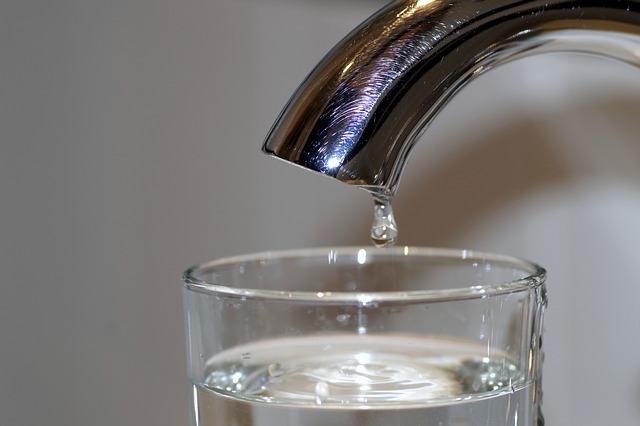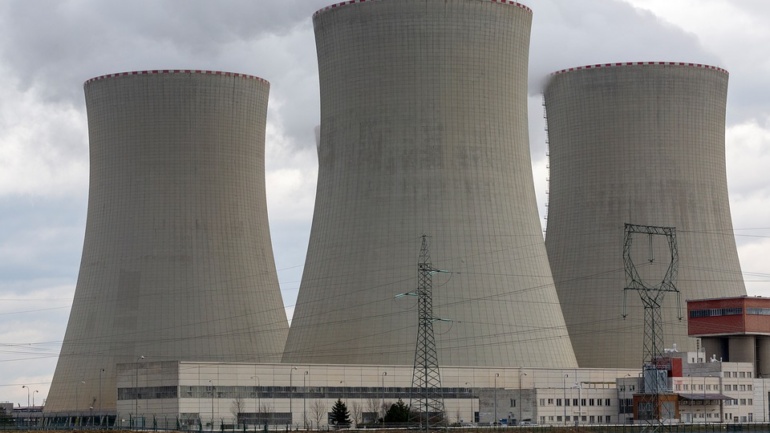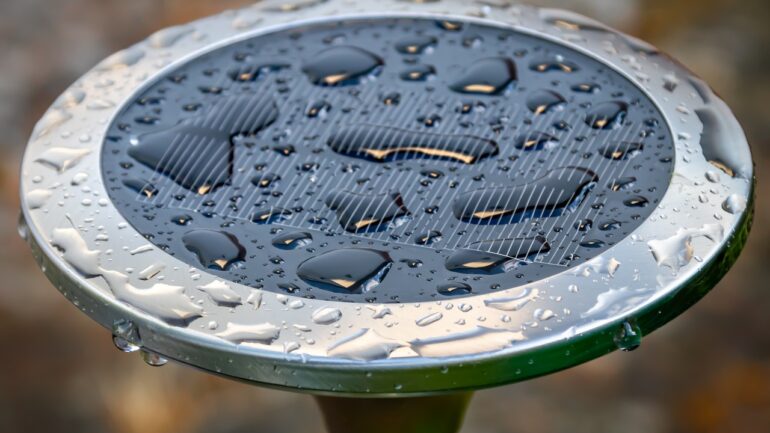By Suraj Rajendran, Staff Writer at Save the Water™ | October 27th, 2016
A recent study has shown that over six million Americans are using drinking water supplies that contain perilous levels of industrial chemicals, most of which are carcinogenic and can cause a myriad of health problems. What are these high-risk chemicals? They are commonly known as PFASs (scientifically speaking, they’re called polyfluoroalkyl and perfluoroalkyl substances) and have been historically used in a variety of items including, but not limited to, non-stick cookware, food wrappers, firefighting foam, and food wrappers. As for the health issues they are linked to, the main ones tend to be hormone disruption, high cholesterol, certain types of cancer, and obesity. “PFASs are a group of persistent manmade chemicals that have been in use since 60 years ago,” said lead study author Xindi Hu, a public health and engineering researcher at Harvard T.H. Chan School of Public Health in Boston and Harvard University in Cambridge, Massachusetts.1
All this sounding familiar? It should be, if you’ve been following up on the news revolving PFOSs and PFCs. PFASs are a subsection of the large group of PFCs. PFOSs are a type of PFAS. This unpleasant family is often said to be rather difficult to study. That being said, it is important to know some of the specifics of PFASs as they are the most widespread manmade contaminant in the world.2
Polyfluroalkyl Substances and Their Effects
As said by Hu, PFASs are persistent, meaning that they stay in the environment for an extended period of time. By having the ability to “persist” in the environment, they are able to accumulate into concentrated amounts, sometimes enough to cause harmful, even lethal, effects on organisms. Perfluoroalkyl substances can be found in many environmental mediums, be it water, soil, or the inside of a living organism. Usually these organisms are vertebrates such as fish, birds, and mammals. PFOSs and PFOAs (which are also a type of PFA) are the most common, by far. Reports claim that there are concentrations of each chemical in the kidneys, liver, breast milk, and blood of every human being on Earth.2 Now you may be asking, what is the difference between PFOSs and PFOAs? Avoiding all the intricate advanced chemistry details, the differences lie within the atomic bonds of each of the chemicals. The two chemicals listed differ in the number of carbon atoms they contain.2
Certain studies show that the harmful effects of PFASs on the general human population are low because of the low levels of exposure to extremely high concentrations. It might be true that workers that come into contact with PFASs (due to their job) may have a high chance of contracting a disease, but the overall population is only subject to concentrations that are a 100 times lower. Of course, there is a catch, in this case, many catches. Experiments on animals indicate that PFASs can have potential effects of growth development, reproduction, and suppression of the immune system response. And as said before, PFASs are carcinogenic (cancer-causing) compounds. It seems only logical that the general society know a bit more about these dangerous chemicals.2
Scope of the Issue
“Most current wastewater treatment processes do not effectively remove PFASs,” Hu said. “The problem may be much more widespread than the current study findings suggest because researchers lacked data on drinking water from smaller public water systems and private wells that serve about one-third of the U.S. population – about 100 million people.”1
To survey what number of individuals might be subjected to PFASs in drinking water supplies, experts took a gander at types of six sorts of PFA in more than 36,000 water tests gathered across the country by the U.S. Environmental Protection Agency.T3 These tests were held between 2013 and 2015. Additionally, they took a look at industrial centers that create or use PFASs: military training bases, airport terminals, and wastewater treatment plants. Pollution discharges from the latter—which can’t expel PFASs from wastewater by using standard treatment strategies—could contaminate groundwater.
Drinking water from 13 states represented 75 percent of the perilous supply, mostly in California, New Jersey, North Carolina, Alabama, Florida, Pennsylvania, Ohio, New York, Georgia, Minnesota, Arizona, Massachusetts, and Illinois. Sixty-six of the populations’ water supplies analyzed had no less than one water test that was at or above what the EPA considers alright for human use/consumption. One limitation of the study is that scientists needed information on to what extent individuals lived in regions supplied by polluted water and the amount of this water individuals actually drank.1 After all, the danger of PFASs is that its numerous health issues are connected to long-term exposure.
An accompanying Harvard study has also suggested that teens exposed to PFASs tend to have lower levels of antibodies against diseases such as diphtheria and tetanus, even if vaccinations were received. What’s more, the evidence points toward the antibody problem persisting as the teens grow older. “So the negative effects on immune functions appear to be lasting,” Grandjean, author of the Harvard study states. “Sadly, there is very little that an exposed resident can do, once the exposure has led to an increased amount of PFASs in the body.”4
It seems quite obvious the PFASs and its family of toxins are a serious problem to our society. Now it’s up to us to decide what to do in order to fight this overbearing enemy.
References
- Julie Fidlr. 2016 “Your Tap Water Is Likely Contaminated With Industrial Chemicals.” Natural Society. http://naturalsociety.com/tap-water-likely-contaminated-industrial-chemicals-6223/
- Agency for Toxic Substances and Disease Registry. August 16, 2016. “Per- and Polyfluoroalkyl Substances and Your Health.” http://www.atsdr.cdc.gov/pfc/health_effects_pfcs.html
- Environmental Protection Agency. “Per- and Polyfluoroalkyl Substances (PFASs) under TSCA.” http://bit.ly/1VvN4jj
- L Rapaport. 2016. “Toxic chemicals in drinking water for six million Americans.”Reuters. http://www.reuters.com/article/us-health-pollution-water-idUSKCN10K1VK





